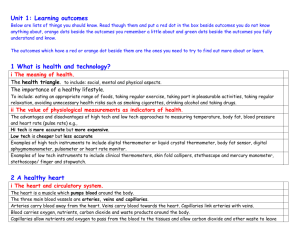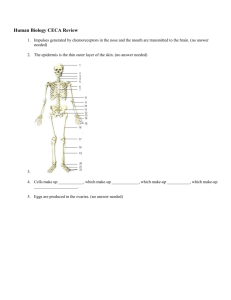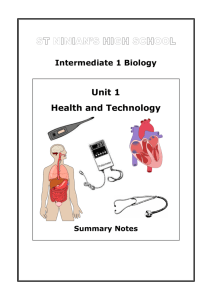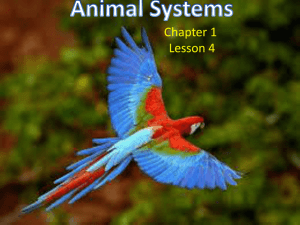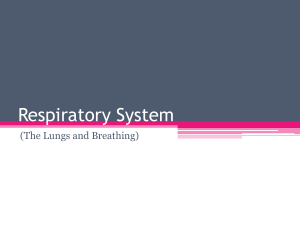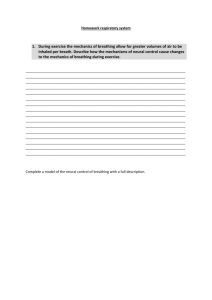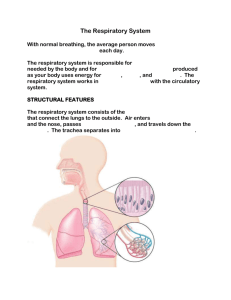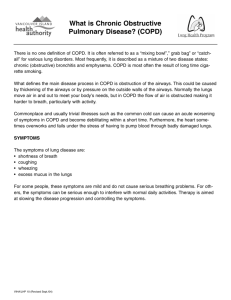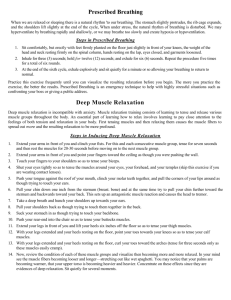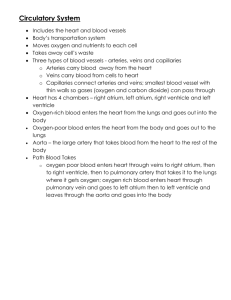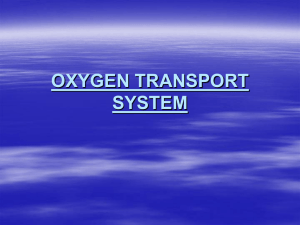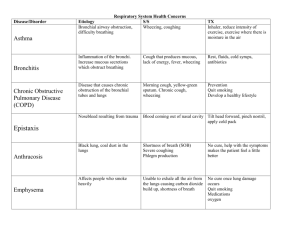Standard Grade biology Learning outcomes
advertisement
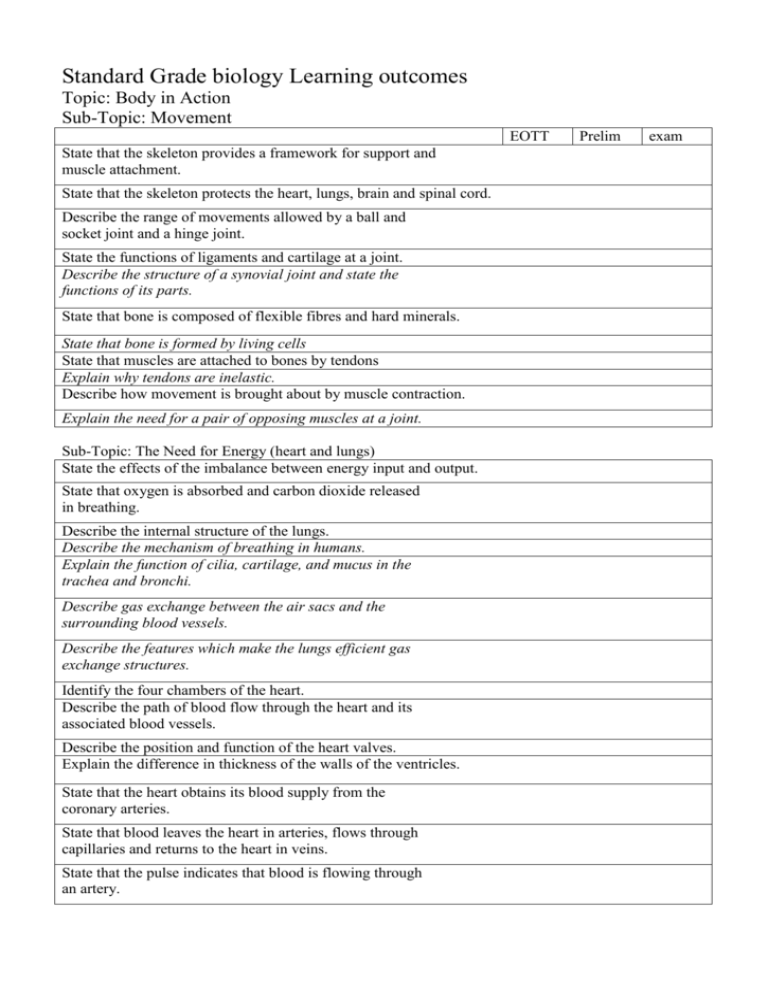
Standard Grade biology Learning outcomes Topic: Body in Action Sub-Topic: Movement EOTT State that the skeleton provides a framework for support and muscle attachment. State that the skeleton protects the heart, lungs, brain and spinal cord. Describe the range of movements allowed by a ball and socket joint and a hinge joint. State the functions of ligaments and cartilage at a joint. Describe the structure of a synovial joint and state the functions of its parts. State that bone is composed of flexible fibres and hard minerals. State that bone is formed by living cells State that muscles are attached to bones by tendons Explain why tendons are inelastic. Describe how movement is brought about by muscle contraction. Explain the need for a pair of opposing muscles at a joint. Sub-Topic: The Need for Energy (heart and lungs) State the effects of the imbalance between energy input and output. State that oxygen is absorbed and carbon dioxide released in breathing. Describe the internal structure of the lungs. Describe the mechanism of breathing in humans. Explain the function of cilia, cartilage, and mucus in the trachea and bronchi. Describe gas exchange between the air sacs and the surrounding blood vessels. Describe the features which make the lungs efficient gas exchange structures. Identify the four chambers of the heart. Describe the path of blood flow through the heart and its associated blood vessels. Describe the position and function of the heart valves. Explain the difference in thickness of the walls of the ventricles. State that the heart obtains its blood supply from the coronary arteries. State that blood leaves the heart in arteries, flows through capillaries and returns to the heart in veins. State that the pulse indicates that blood is flowing through an artery. Prelim exam Describe the function of red blood cells and plasma in the transport of respiratory gases and food. Explain the function of haemoglobin in the transport of oxygen. Describe gas exchange between the body cells and the surrounding capillaries. Describe the features of a capillary network which allows efficient gas exchange. Sub-Topic: Co-ordination State that judgement of distance is more accurate using two eyes rather than one. Explain the relationship between judgement of distance and binocular vision. Identify the cornea, iris, lens, retina, optic nerve and state their functions. State that judgement of direction of sound is more accurate using two ears rather than one. Identify the eardrum, middle ear bones, cochlea, auditory nerve and semi-circular canals and state their functions. Explain how the arrangement of the semi-circular canals is related to their function. State that the nervous system is composed of the brain, spinal cord and nerves. State that the nerves carry information from the senses to the central nervous system and from the central nervous system to the muscles. Describe how a reflex action works, using a simple model of a reflex action. State that the central nervous system sorts out information from the senses and sends messages to those muscles which make the appropriate response. Identify the cerebrum, cerebellum and medulla and state their functions in simple terms Sub-Topic: Changing Levels of Performance State that continuous or rapidly repeated contraction of muscle results in fatigue. State that muscle fatigue results from lack of oxygen and a build up of lactic acid. Explain muscle fatigue in terms of anaerobic respiration. Explain why pulse rate and breathing rate increase with exercise. State that with exercise the pulse rate, breathing rate and lactic acid level rise less in an athlete than in an untrained person. State that the recovery time is the time taken to return to normal levels of pulse rate, breathing rate and lactic acid. State that training improves the efficiency of the lungs and circulation. Describe how recovery time can be used as an indication of physical fitness. Explain the relationship between the effects of training and recovery time.


